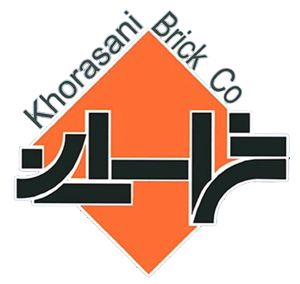1- Well furnace
These kilns are dug in the ground and the bricks are stacked in a regular manner with respect to the appropriate empty space, then straw is put in the kiln and fuel is given to it from under the kiln. Of course, this oven is no longer used and is obsolete.
2- Traditional Iranian oven
In these kilns, the bricks are placed on the fire in the form of incomplete cones and their surface is covered with mud. In this kiln, fire and bricks remain constant and only the heat varies in different parts of the kiln. This makes the quality of the bricks different. Some of the bricks that were on the bottom of the kiln are called boiling bricks and those that were incomplete on the surface of the cone are called half-baked bricks. Their resistance to the heat that the bricks have seen is also different. The bricks that were below all are green and are used for building skeletons, and then there are good bricks that are used for non-load-bearing walls, and finally bricks. It is semi-cooked and needs to be re-baked and returned to the oven.
The order of the bricks that are baked in a traditional kiln is as follows: Welding bricks »Green bricks» Bahi bricks »White bricks» Ablaq bricks »Red bricks» Raw bricks
3- Hoffmann furnace
In this kiln, the bricks are fixed and the temperature is variable. Inside these furnaces, there are cells that are next to each other and are called Qamir. The bricks that are baked in this oven are suitable in terms of cost and quality.
4- Tunnel furnace
In this kiln, the fire is constant and the bricks are moved into the kiln by moving wagons. These bricks are really excellent and are used for decorative works as well as building facades.


 فارسی
فارسی